Description
Caring for your Lantana
Lantana, a vibrant and versatile plant, is beloved for its colorful clusters of flowers and its ability to thrive in various environments. Native to tropical regions of the Americas and Africa, Lantana comes in a variety of species and hybrids, most notably Lantana camara. This hardy plant can be grown as a perennial in warm climates and as an annual in cooler regions. Known for its resilience and low maintenance needs, Lantana is an excellent choice for gardeners seeking long-lasting blooms and minimal upkeep.
Light
Lantana thrives in full sun, requiring at least 6-8 hours of direct sunlight daily. Full sun encourages prolific blooming and vibrant flower colors. While Lantana can tolerate partial shade, its flowering may be reduced in less light. Indoor plants should be placed in a bright, sunny location.
Soil
Lantana is adaptable to a variety of soil types but prefers well-draining soil with a slightly acidic to neutral pH (6.0 to 7.5). Sandy or loamy soils are ideal, but Lantana can also grow in poor soils as long as they drain well. Soil that retains too much moisture can lead to root rot.
Water
Lantana is drought-tolerant once established but performs best with regular watering. During the growing season, water the plant deeply once a week, allowing the soil to dry out slightly between waterings. In hot, dry conditions, increase the frequency to prevent the plant from wilting. Avoid overwatering, as Lantana is susceptible to root rot in consistently wet soil. For container-grown Lantana, check the soil moisture regularly, as containers dry out faster than garden beds.
Fertilizing
Lantana is not a heavy feeder and can thrive in poor soils, but occasional fertilization can promote healthier growth and more abundant blooms. Apply a balanced, slow-release fertilizer (such as 10-10-10) in the spring when new growth begins. For continuous blooming, supplement with a liquid fertilizer every 4-6 weeks during the growing season. Avoid over-fertilizing, as excessive nutrients can lead to lush foliage at the expense of flowers.
Pruning and Maintenance
Regular pruning helps maintain Lantana’s shape and encourages more prolific flowering. Prune the plant in early spring to remove dead or damaged branches and to shape the plant. Light pruning throughout the growing season can help promote new blooms and prevent the plant from becoming leggy. Deadheading spent flowers can also encourage continuous blooming. In regions where Lantana is grown as a perennial, cut back the plant by one-third in late winter or early spring to rejuvenate growth.
Pest and Disease Control
Lantana is generally resistant to pests and diseases but can occasionally be affected by common garden pests such as aphids, whiteflies, and spider mites. Regularly inspect the plant for signs of infestation and treat with insecticidal soap or neem oil if necessary. Good air circulation around the plant can help prevent fungal diseases like powdery mildew and sooty mold. To prevent root rot, ensure the soil drains well and avoid overwatering.

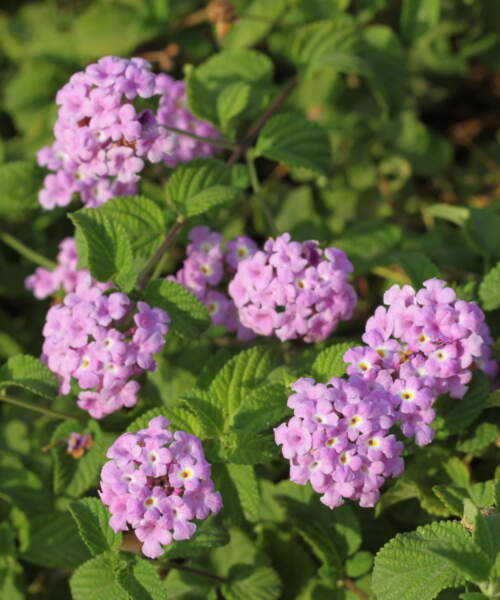
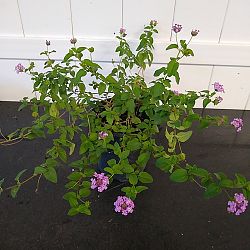
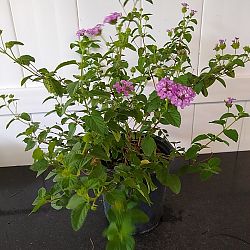
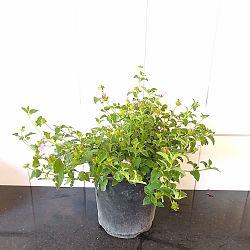
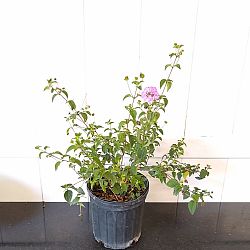
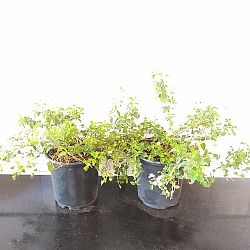

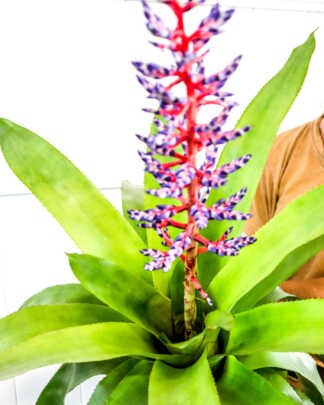


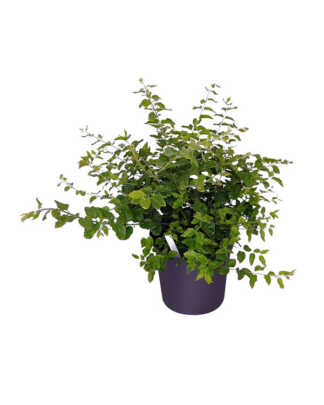
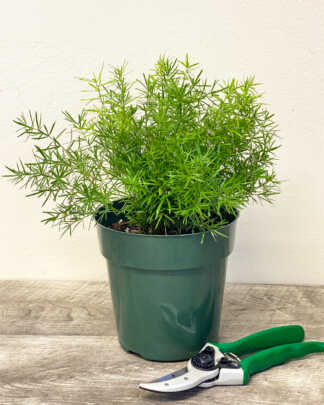


Lizabeth Moyer (verified owner) –
Barbara S. (verified owner) –
Arrived healthy and happy. Very little signs of shock.
Tysha Fisher (verified owner) –
Pauine S Lane (verified owner) –
Plant arrived in great condition. Looks good.
Diana Marateo (verified owner) –
Beautiful and healthy!
Linda Neal (verified owner) –
The Lantana was very dry with some dead leaves that needed trimming. It took about 4 days to get revived from it’s trip. It appears to be getting water to the leaves now. I was worried it wasn’t going to survive.